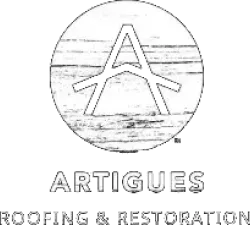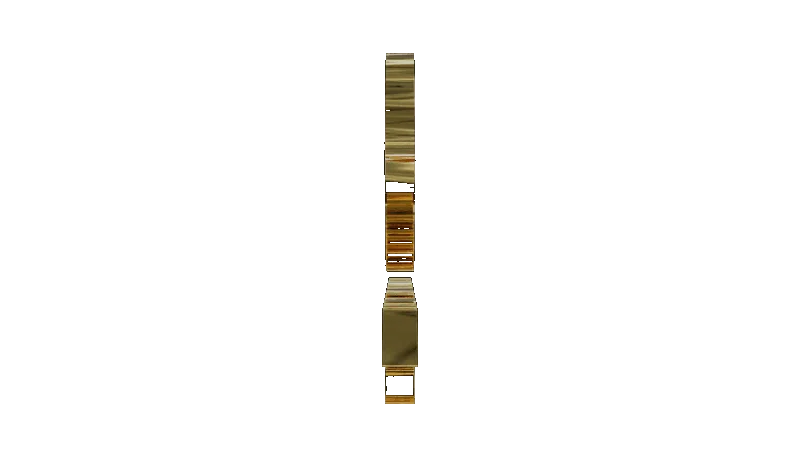
Beaufort, South Carolina: Architectural Heritage and Cultural Significance
Beaufort, South Carolina, is a city steeped in history, renowned for its well-preserved antebellum architecture and vibrant cultural legacy. Situated on Port Royal Island, Beaufort is the second-oldest city in South Carolina, founded in 1711. Its strategic coastal location and rich natural resources have played pivotal roles in shaping its historical and architectural narrative. We will examine the history of Beaufort, with a focus on its architectural evolution and the distinctive roofing styles that reflect its cultural and environmental context.
Early Settlement and Colonial Era
The history of Beaufort begins with the indigenous Yemassee people, who inhabited the region long before European settlers arrived. The area's abundant resources attracted English colonists in the early 18th century, leading to the establishment of Beaufort as a port town. The city quickly became a hub for trade and commerce, with its economy centered around agriculture, particularly rice, indigo, and later, cotton.
During the colonial era, Beaufort's architecture began to take shape, influenced by both European styles and local environmental conditions. Early structures were typically wooden, with steeply pitched roofs designed to shed rainwater efficiently—a necessity in the humid, subtropical climate. The use of tabby, a type of concrete made from lime, sand, water, and oyster shells, became a distinctive feature of the region's construction, providing durability and fire resistance.
The Antebellum Period and Architectural Flourishing
The antebellum period marked a time of prosperity for Beaufort, as the cotton industry flourished and wealth flowed into the city. This economic boom led to the construction of grand homes and public buildings, many of which remain today as a testament to the city's architectural heritage and the long-lasting impact of quality roofing and construction practices.
Beaufort's antebellum architecture is characterized by the Greek Revival and Federal styles, reflecting the influence of classical antiquity and the aspirations of the American republic. Homes from this period often feature symmetrical facades, tall columns, expansive porches, and hipped roofs, which were key features of the design. Roofing played a crucial role in these architectural expressions, with wide overhangs designed to provide shade and ventilation—essential for comfort in the Southern climate.
Metal roofing materials, such as copper and tin, became popular during this time for their longevity, durability, and ability to withstand the harsh Southern weather. These materials were not only practical but also contributed to the elegant aesthetic of antebellum homes. Today, many of these historic metal roofs still stand as a testament to the quality craftsmanship of the era, with local roofing contractors offering specialized services to repair and restore these classic roofs.
As Beaufort’s antebellum buildings continue to age, there remains a strong focus on roof maintenance, historic roof restoration, and preserving the integrity of these iconic structures. Whether through roof replacement or metal roof repairs, the importance of preserving these historic roofing styles cannot be overstated, ensuring Beaufort’s architectural legacy endures for generations to come.
The Civil War and Reconstruction
Here’s the revised version with SEO-optimized keywords related to roofing, repairs, and construction:
The Civil War, Reconstruction, and Roofing Evolution in BeaufortThe Civil War brought significant change to Beaufort, as the city fell under Union control early in the conflict. This occupation spared Beaufort from the widespread destruction experienced by other Southern cities, allowing much of its architecture to survive intact. The preservation of these structures, particularly their roofing systems, has been key to maintaining the city's historical charm. Following the war, Beaufort became a center for Reconstruction efforts, and its diverse community played a crucial role in shaping the postwar South, influencing both architecture and the need for roof repair and maintenance.
During this period, the architectural landscape of Beaufort continued to evolve. The influence of the Gullah community, descendants of enslaved Africans, became more pronounced, adding to the city's cultural and architectural diversity. The shotgun house, a narrow, rectangular structure with a simple gabled roof, became a common sight, reflecting the practical needs and cultural heritage of the community. These homes typically featured affordable roofing materials like wood shingles or corrugated metal, which were easy to maintain and provided necessary protection from the elements.
The practical nature of these homes also extended to their roofing styles—the gabled roof being simple yet effective at shedding rain and providing ventilation. Over time, as these homes aged, the demand for roof repairs and roof replacements grew. Modern contractors in Beaufort continue to provide expert services to preserve these historic roofs while integrating newer, more durable materials like metal roofing for added longevity.
Twentieth Century to Present: Preservation and Innovation
The 20th century brought new challenges and opportunities for Beaufort. Efforts to preserve the city's historical architecture gained momentum, culminating in the designation of the Beaufort Historic District as a National Historic Landmark in 1973. This recognition helped protect the city's architectural treasures and spurred interest in restoration and sustainable development.
Modern architecture in Beaufort often incorporates elements of traditional styles, blending historical aesthetics with contemporary needs. The Lowcountry style, with its raised foundations, wide porches, and metal roofs, continues to influence new construction, ensuring harmony with the natural environment and historical context. Metal roofing remains a popular choice, valued for its durability, energy efficiency, and ability to withstand the coastal climate.
Beaufort, South Carolina, is a city where history and architecture intertwine to create a unique cultural tapestry. From its colonial roots and antebellum grandeur to its resilience during the Civil War and commitment to preservation, Beaufort's architectural evolution mirrors its historical journey. As the city continues to grow and adapt, it remains dedicated to preserving its rich heritage while embracing sustainable development. Beaufort stands as a testament to the enduring legacy of Southern architecture and culture, offering a window into the diverse narratives that have shaped its past and continue to influence its future.
AREAS WE SERVICE
AREAS WE SERVICE
NEED ANY ROOFING HELP? CALL US NOW!
GET YOUR FREE QUOTE OR INSURANCE CLAIM ASSESSMENT
By submitting your information, you agree to start receiving notifications and promotional SMS from Artigues Roofing. You can reply "stop" at any time to unsubscribe. I agree with the privacy policy and terms and conditions.
NEED ANY ROOFING HELP? CALL US NOW!
GET YOUR FREE QUOTE OR INSURANCE CLAIM ASSESSMENT
By submitting your information, you agree to start receiving notifications and promotional SMS from Artigues Roofing. You can reply "stop" at any time to unsubscribe. I agree with the privacy policy and terms and conditions.

Go Above & Beyond with
Artigues Roofing &
Restoration
SERVICES
COMPANY
GET IN TOUCH
Email: [email protected]
Address: 75 Port City, Landing Suite 110. Mount Pleasant, SC. 29464.

Go Above & Beyond with
Artigues Roofing &
Restoration
SERVICES
COMPANY
GET IN TOUCH
Email: [email protected]
Address: 75 Port City, Landing Suite 110. Mount Pleasant, SC. 29464.





